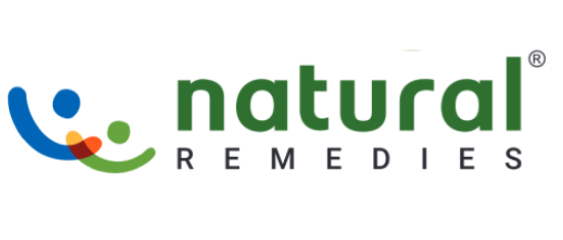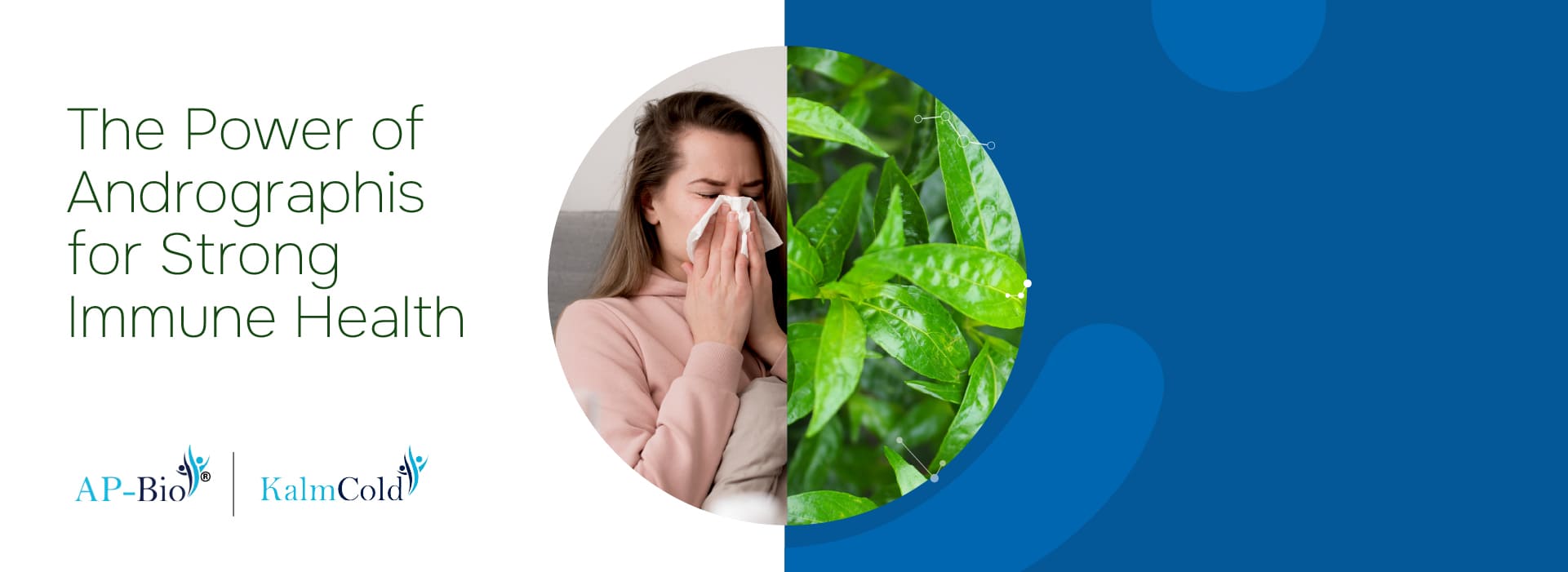
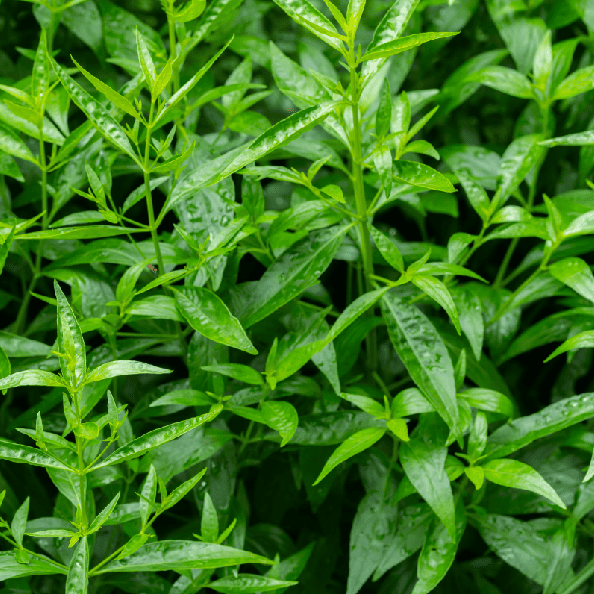
Discover

AP-Bio® / KalmCold® is a fast-acting Andrographis paniculata with 7 bioactives, clinically researched to manage the symptoms of common cold at a low dose.
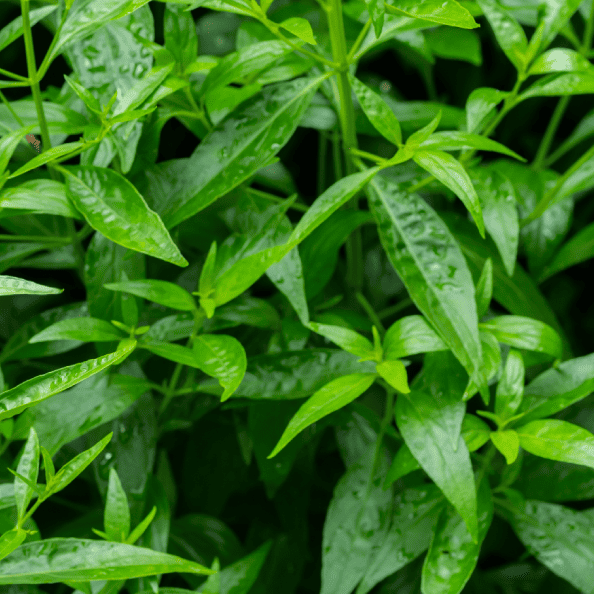
Discover

AP-Bio® / KalmCold® is a fast-acting Andrographis paniculata with 7 bioactives, clinically researched to manage the symptoms of common cold at a low dose.
Clinical study 1
Clinical study 2
Clinical study 3
Clinical study 1
Clinical study 2
Randomized double-blind placebo-controlled clinical studyof AP-Bio® / KalmCold® – Healthy-inflammatory response
Clinical study 3
Randomized double-blind placebo-controlled clinical studyof AP-Bio® / KalmCold® – Healthy-inflammatory response
Randomized double-blind placebo-controlled clinical study of AP-Bio® / KalmCold®
Healthy-inflammatory response
Condition
Subjects with symptoms of upper respiratory tract infection
Participants
300 adults (Age: 18-60 years)
Dose
200 mg and 400 mg
Duration
7 days
Evaluation
Baseline, 6 hours, Day 2, Day 3, Day 5 and Day 7
Randomized double-blind placebo-controlled clinical study of
AP-Bio® / KalmCold® - Healthy-inflammatory response
Condition
Subjects with symptoms of common cold
Participants
223 adults (Age: 18-60 years)
Dose
200 mg per day
Duration
5 days
Evaluation
Day 1, Day 3, and Day 5 (using Visual Analogue Scale)
Randomized double-blind placebo-controlled clinical study of
AP-Bio® / KalmCold® - Healthy-inflammatory response
Condition
Healthy volunteers
Participants
30 adults
Dose
100 mg twice a day
Duration
30 days
Evaluation
Screening day, day 3, day 7, day 30
Health Claims
The human clinical study on AP-Bio® / Kalmcold® allows for the following health claims:
Supports immunity
Positively modulates immune response
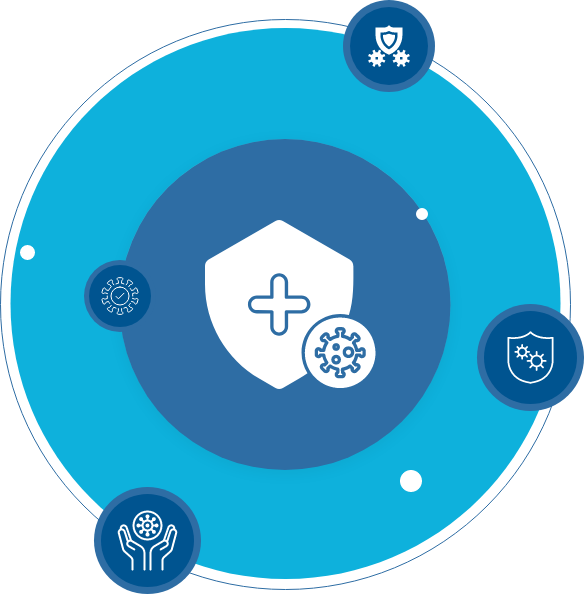
Positively modulates immune response
Improve general immune health

Fight Back
with AP - BIO
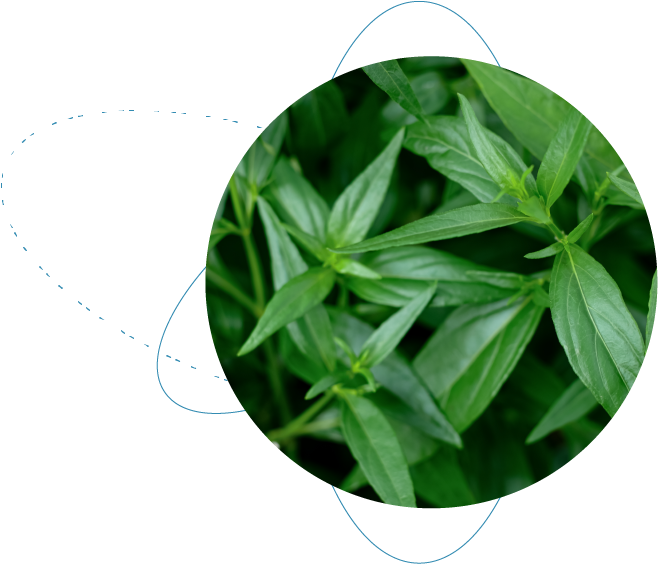
Watch the AP-Bio® / KalmCold® video to learn more.
AP-Bio® / KalmCold® - Fast acting Andrographis paniculata to
support Immune health
support Immune health
